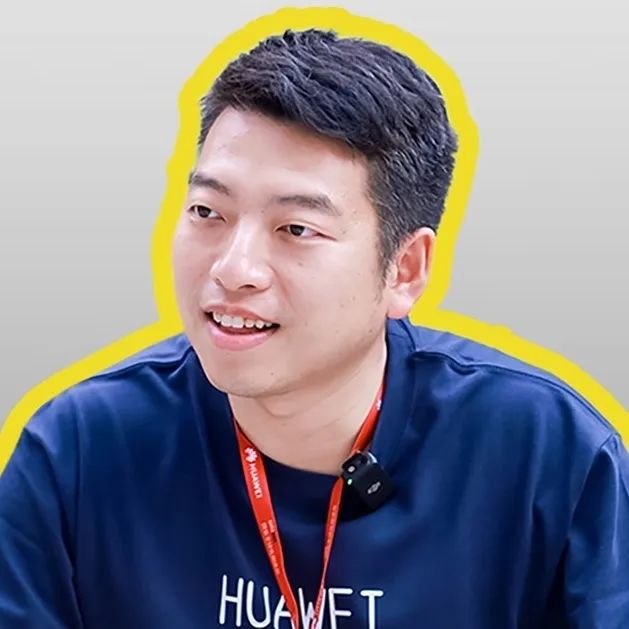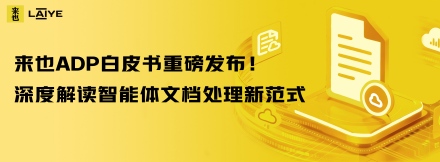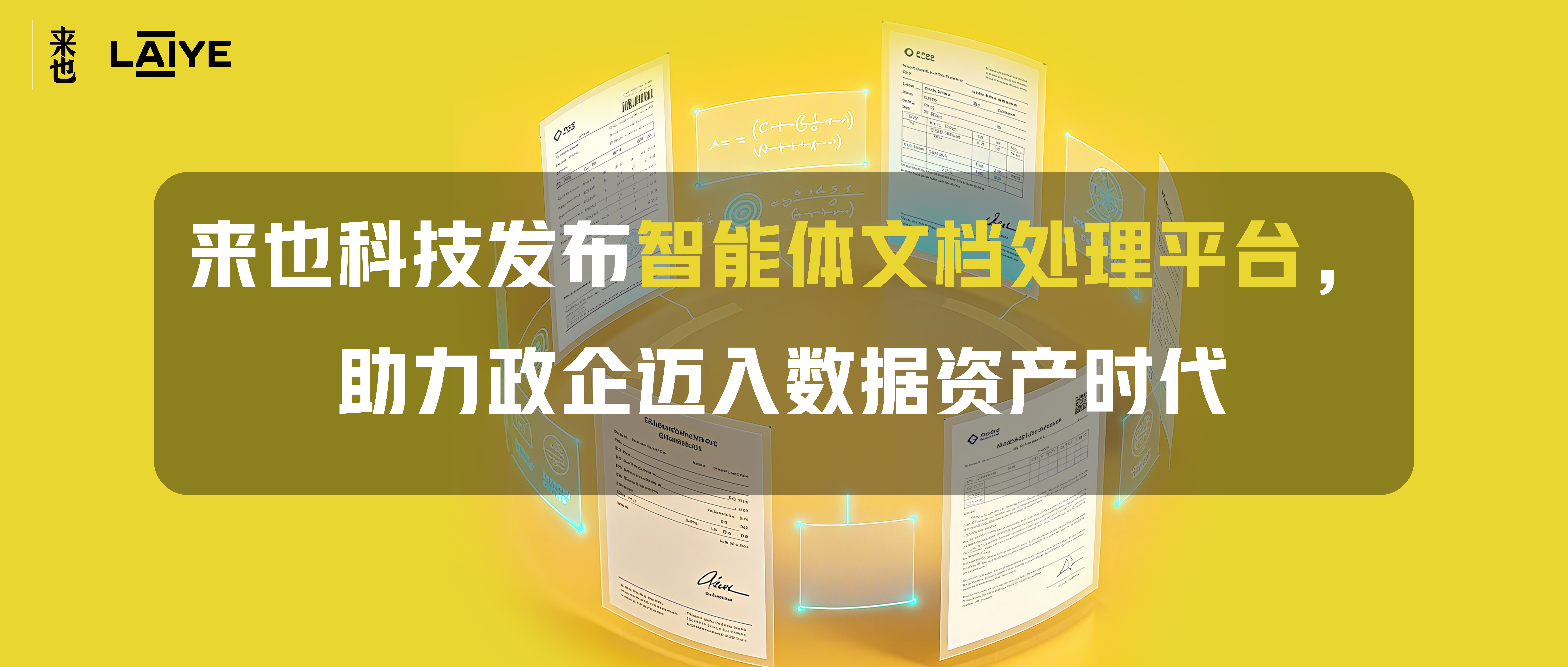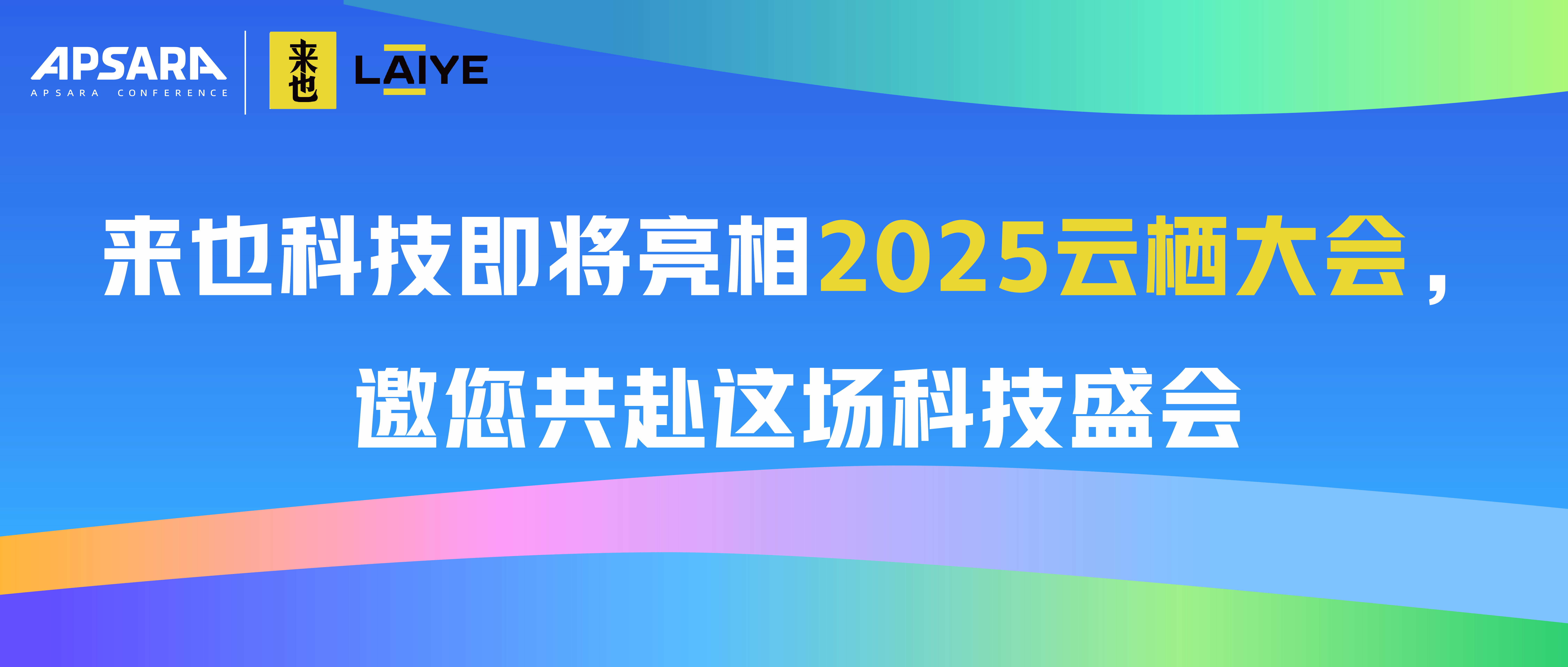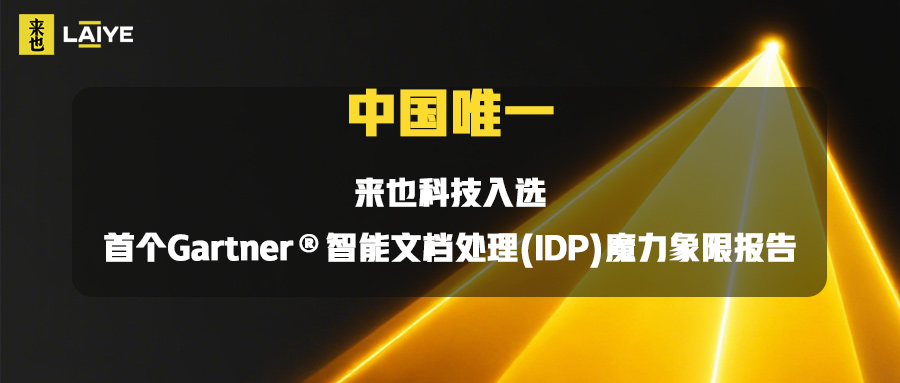汪冠春
来也科技董事长兼CEO
Basically, our technology helps customers increase their productivity and efficiency while lowering their costs. We emphasize the synergistic relationship between human and digital workers. Actually, the term digital worker can mean either human workers skilled in using automation or AI tools. But it can also refer to a software robot developed by a human worker that could simultaneously work on multiple tasks together with human workers.
So it’s really a synergistic collaboration between human and digital workers. That’s what we are advocating. That’s what we think will be the norm for future-oriented organizations.
Gavin Allen: ChatGPT has grabbed a lot of attention. Some people are concerned about it. What’s your response?
ChatGPT吸引了很多人的关注,有些人对此感到担忧,对此你有什么看法?
Gavin Allen: So, strategically, what’s your next move? Where are you directing your energies?
所以从战略上讲你下一步是如何计划的?作为企业,你会把你的精力和技术专长放在哪里?
Gavin Allen: What can Huawei Cloud and companies like Huawei Cloud do to help companies such as yours?
华为云和类似华为云这样的公司能为来也这样的企业做些什么呢?
Gavin Allen: What do you say to an SME that is hesitating about how far to jump into digitalization, and what it can give them as a result?
你想对正在考虑要向数字化迈进多远以及数字化能给他们带来什么的中小企业说些什么?


